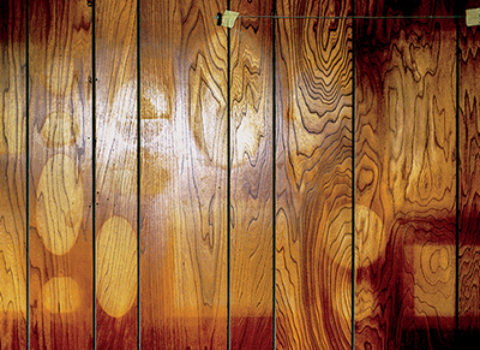From Black Is the Body, which will be published in February by Knopf. Bernard is a professor of English and critical race and ethnic studies at the University of Vermont, in Burlington.
“Home is longevity,” Ellie says when I ask what the word means to her. Ellie and I grew up together in Nashville. During our high school years, we slipped each other notes every day in class and spent hours every night on the phone. On weekends, we practiced dance moves side by side in front of mirrors in the rec room of my house. Never, during those…







































































































